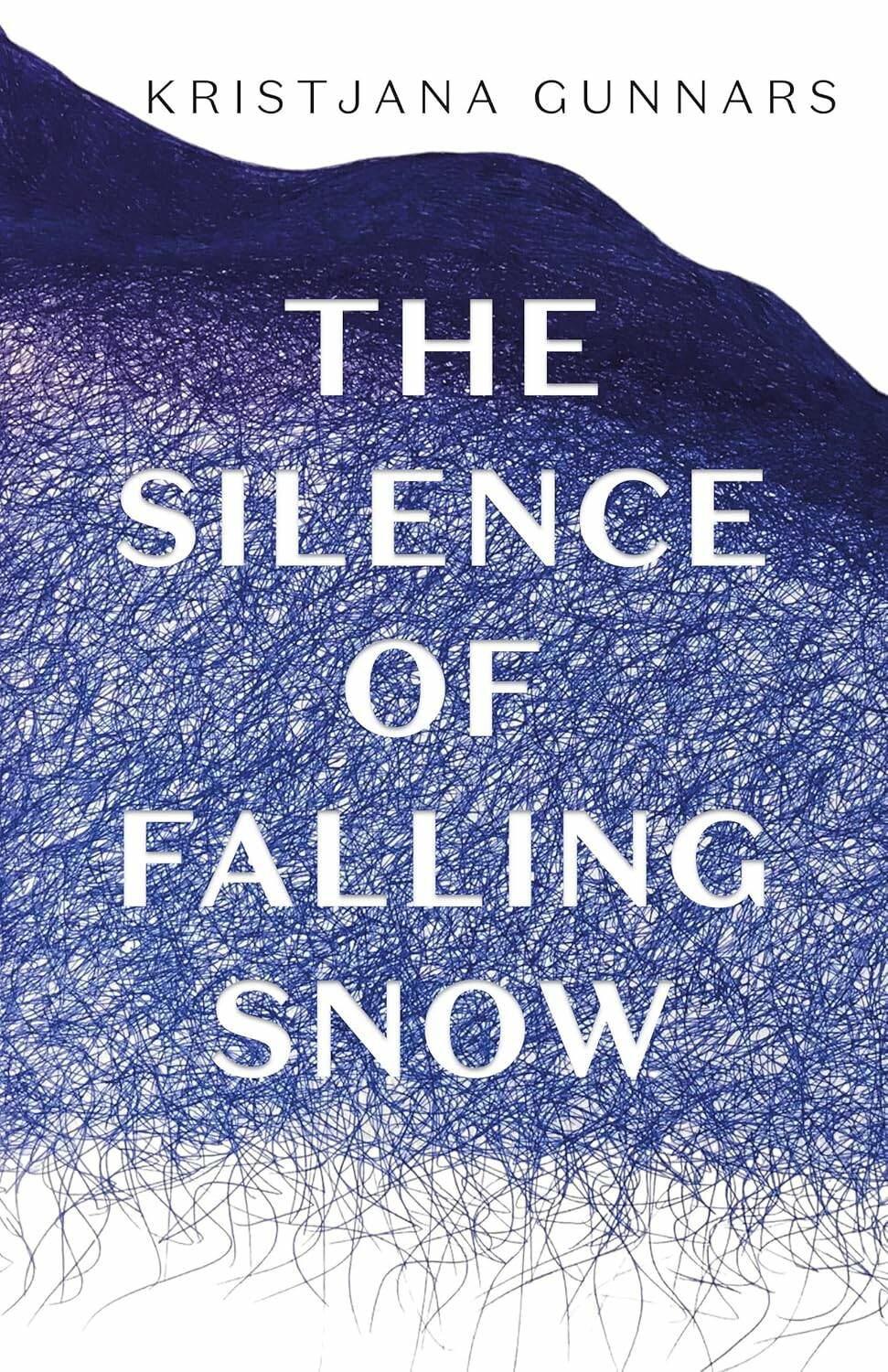Late husband haunts musings on life and death
Advertisement
Read this article for free:
or
Already have an account? Log in here »
To continue reading, please subscribe:
Monthly Digital Subscription
$1 per week for 24 weeks*
- Enjoy unlimited reading on winnipegfreepress.com
- Read the E-Edition, our digital replica newspaper
- Access News Break, our award-winning app
- Play interactive puzzles
*Billed as $4.00 plus GST every four weeks. After 24 weeks, price increases to the regular rate of $19.00 plus GST every four weeks. Offer available to new and qualified returning subscribers only. Cancel any time.
Monthly Digital Subscription
$4.75/week*
- Enjoy unlimited reading on winnipegfreepress.com
- Read the E-Edition, our digital replica newspaper
- Access News Break, our award-winning app
- Play interactive puzzles
*Billed as $19 plus GST every four weeks. Cancel any time.
To continue reading, please subscribe:
Add Free Press access to your Brandon Sun subscription for only an additional
$1 for the first 4 weeks*
*Your next subscription payment will increase by $1.00 and you will be charged $16.99 plus GST for four weeks. After four weeks, your payment will increase to $23.99 plus GST every four weeks.
Read unlimited articles for free today:
or
Already have an account? Log in here »
Death is one of our few universally shared experiences, yet it remains, at least in our culture, nearly unapproachable in conversation.
Poet, professor and artist Kristjana Gunnars’ latest work, The Silence of Falling Snow, is a layered exploration of her husband’s illness and death, of grief and the future, told through the lenses of art, philosophy and nature.
The Silence of Falling Snow is difficult to precisely locate in both genre and theme. Late in the book, Gunnars declares that she “does not want explanation” of the mystery of living, and that she can write about death “only obliquely.” Both ring true, and we arrive at neither a set of postulates nor conclusions but rather questions, often poignant and difficult.

The Silence of Falling Snow
Gunnars’s husband haunts the text: he is both central and absent. Not only is he long since gone, but much of his illness and life are left unspoken. Even his name remains in silence.
The bulk of the narrative, set in Canada and Norway, moves between memories of the past and final months shared in various medical facilities. Interspersed are excursions into philosophy, painting, art and architecture, as well as encounters with and in nature.
We learn Gunnars’ partner devoted much of his final time to writing a series of letters, but nothing of their delivery or impact. We understand that he died, but do not learn the cause. Nevertheless, poignancy abounds without drifting into saccharine territory.
Important questions around life-writing are explored here, if implicitly: Where are the boundaries between candour and respectful silence? What becomes thematic in a life, and what is sent to the margin or left unspoken?
Despite the book jacket’s claim, this is not a Buddhist primer. Its concepts are employed to spur investigation and as a lens through which to reflect. While many core Buddhist ideas are broached, some in idiosyncratic fashion, it is in neither a systematic nor introductory manner.
The tendency to refer to a set of ideas without coming to firm conclusions, or even making clear the specific relevance, marks a throughline in Gunnars’s encounters. This is true not just with religion, but with a variety of artists and thinkers, including Martin Heidegger, Henry David Thoreau, Jacques Derrida, Edvard Munch and Jacques Rancière.
Gunnars writes with authority, perhaps owing to her long academic career, but these forays are often so evanescent that they obscure more than illuminate.
The Silence of Falling Snow is a profoundly personal work. In her own words, it’s an account of a life survived, an anticipated future that never arrived and a new present emerging. Its reflections, let alone its conclusions, are often so elusive that the idea of an external audience itself becomes suspect. The questions rather than answers are perhaps the point: How do we account for a life lived and a death survived? If we are forced to construct meaning out of tragedy, illness and disaster, then are there ways more or less true, more or less helpful?
Gunnars shines in her ability to offer taxonomies of experience, especially mourning and loneliness. She is an articulate explorer of compassion and the strange lands occasioned through sudden loss. The dislocation and tedium of waiting and the anxiety of anticipatory grief are some of the especially powerful treasures buried here.
This largely non-linear work has something to offer nearly every reader. It has moments of beauty, but there is effort, not always of the rewarding sort, in sorting the gossamer threads of Gunnars’ thought and experience. The book can be frustrating and even tedious at times, but is also the sort of work that percolates in the days following its completion.
Jarett Myskiw is a teacher.

